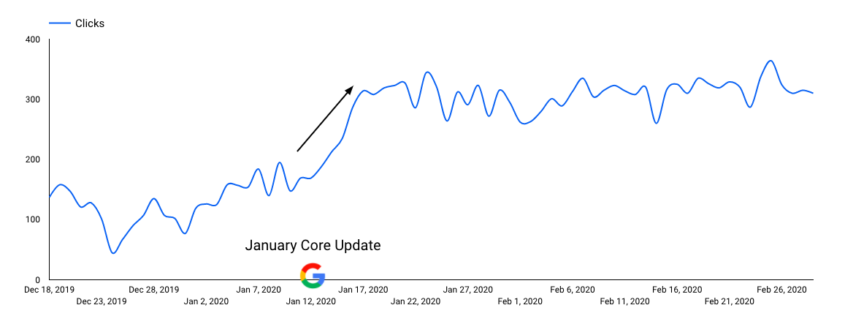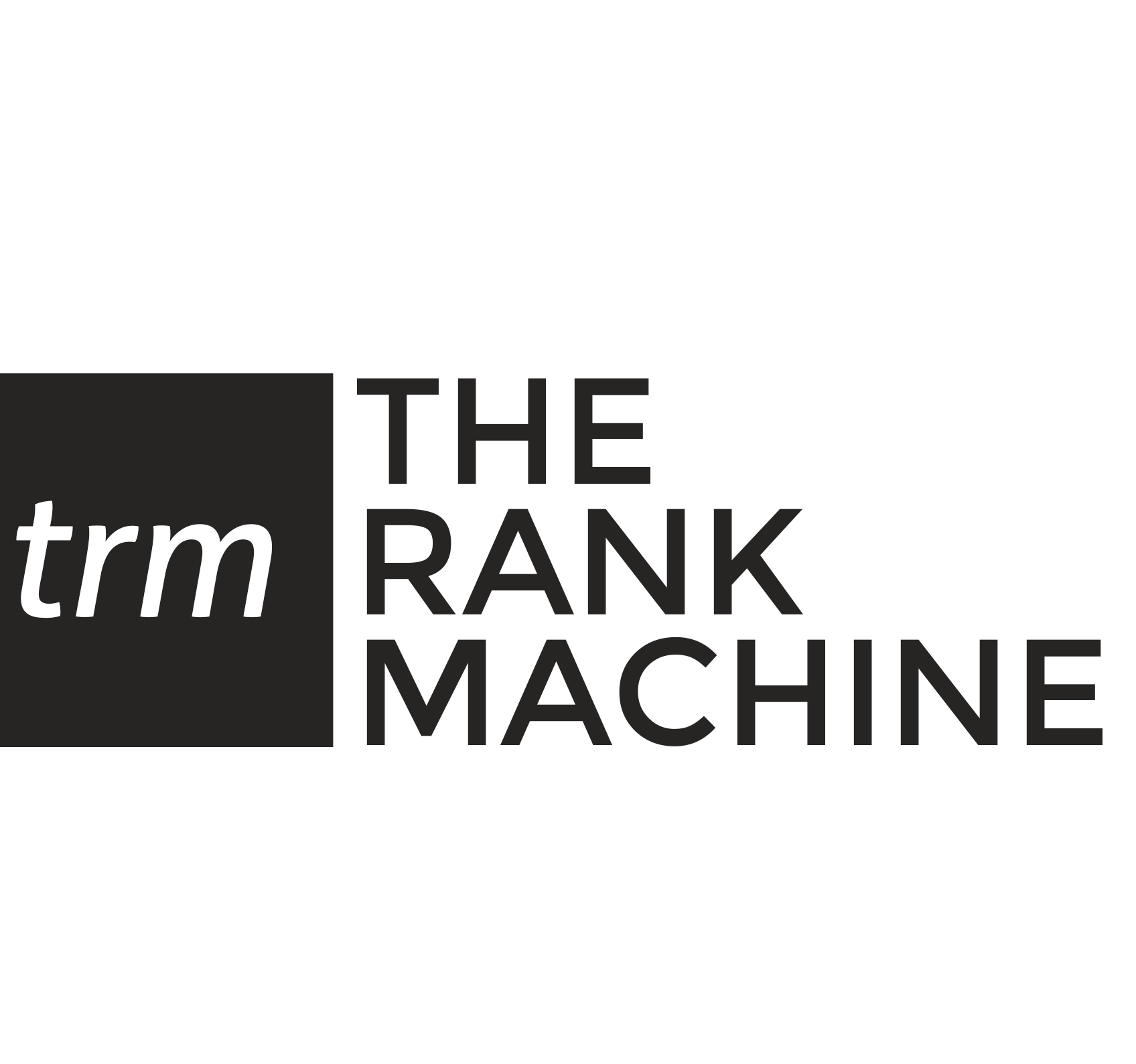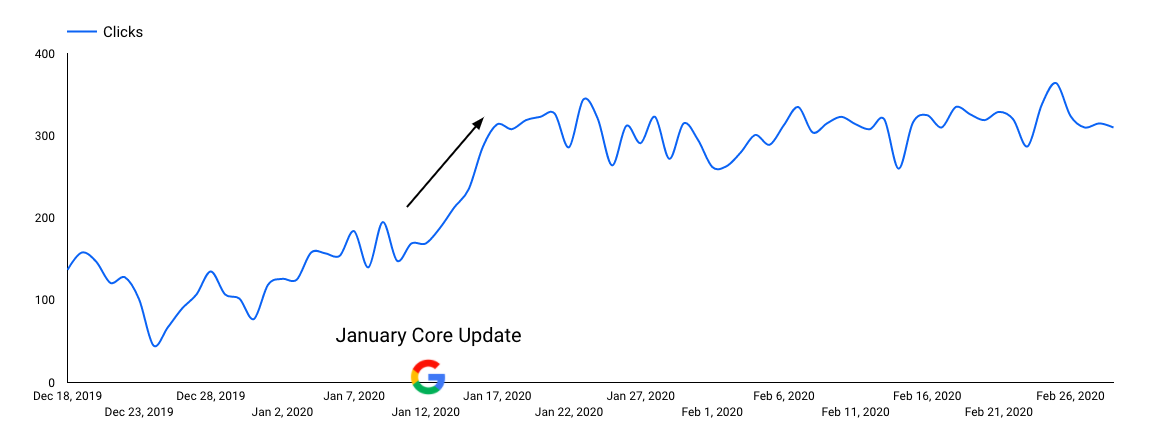September 2019 Core Update – How Did we Recover from it?
In this post, I am going to share how we helped a plastic surgery clinic business (which falls under the YMYL – medical niche category) regain their organic traffic after they got hit by the September 2019 Broad Core Algorithm Update by Google.
Table of contents:
- Understanding Broad Core Algorithm Updates
- Difference Between Manual Penalty & Broad Core Impact
- Reasons why the brand was impacted by the Core Update
- The Fixes we did for the brand
- The Results
- Conclusion
Read on…
But before that, let’s understand what is Broad Core Algorithm Updates.
Understanding Broad Core Algorithm Updates:
Search engine algorithms are basically a logic that’s created by humans to evaluate and rank the best websites in the decreasing order of priority for the queries users have searched.
Since 1998 when Google was launched, it has pushed several updates to its algorithm in order to tackle spam, increase relevance, push new updates, SERP layouts, and much more!
In the earlier days, Google used to pre- or post-announce the major changes they used to make in their algorithms along with a name for it.
The best part of the old days (2005-2013) was Google spokesperson (Matt Cutts, and others) used to inform the webmasters and SEOs about the impact of the algorithm.
For example, when in 2011 Panda update was pushed, it targeted low-quality websites that had copied content from other websites, or generally low quality. This was communicated in a couple of blogs and even by Googlers.
But with Broad Core Algorithm Updates, that’s not the case. Google pre announces whenever they push a Broad Core Update but doesn’t specify anything about which area it’s going to impact. The reason is that updates to Google’s core algorithm happen several times in a year and here they do not target any specific elements.
To understand this better, Google published a blog post giving details about the Core Updates, here’s an extract from the blog
“Core updates & reassessing content
There’s nothing wrong with pages that may perform less well in a core update. They haven’t violated our webmaster guidelines nor been subjected to manual or algorithmic action, as can happen to pages that do violate those guidelines. In fact, there’s nothing in a core update that targets specific pages or sites. Instead, the changes are about improving how our systems assess content overall. These changes may cause some pages that were previously under-rewarded to do better.
One way to think of how a core update operates is to imagine you made a list of the top 100 movies in 2015. A few years later in 2019, you refresh the list. It’s going to naturally change. Some new and wonderful movies that never existed before will now be candidates for inclusion. You might also reassess some films and realize they deserved a higher place on the list than they had before.”
Reasons Google has stopped giving specific information about their updates –
- As mentioned earlier, Google updates their core algorithm several times in a year and with this, they change a couple of things which might not specifically target an element (like content, links, etc.).
- It’s not true that Google has completely stopped giving information about the Algorithm updates. In case of core updates yes but whenever there’s some other change in the algorithm Google preannounces it. Take the Page Experience Update, for example, Google has preannounced this update almost a year before rolling out so that webmasters can make improvements
- This is our opinion – With core updates, Google doesn’t want to reveal what area they have made changes or improvements in their algorithm because then webmasters & SEO’s find a way to tackle it and come up with something to overcome it. We have seen it in the past that people usually emphasise on the areas specified in the update and overlook others. This kind of makes sense from Google’s POV but as an SEO, I wish G would give us more specific details.
The Broad Core Algorithm update was first announced in March 2018, since then Google has started to pre-announce major updates to their Algorithm through the Search Liaison Twitter account managed by Danny Sullivan
Difference Between Manual Penalty & Broad Core Impact:
As mentioned in the blog post by Google, if your rankings have dropped after any core update, that doesn’t specifically mean that you have got a penalty. It basically means that your website content has become less relevant to the users according to the new measurement and someone else has been promoted.
The easiest way to figure out this is by using Google Search Console > Security & Manual Actions > Manual Actions. If you see the message “No issues found”, there’s no manual penalty on the website.

But if you see a message that says “issues detected with your website” then you will have to figure out the reason you have been penalised and make the necessary changes to request for a review. Make sure you make significant changes and then request for a review because your website will be manually assessed.

We will not go into detail on how to remove a manual penalty in GSC instead I will focus on how you can recover from a Broad Core Algorithm Update.
Also, if you are hit by a Broad Core Algorithm, it doesn’t mean it’s a penalty. The other websites which started to rank on top would be providing more valuable information than you.
How Did We Recover 80% of Lost Organic Traffic After Getting Hit by a Core Update:
This is going to be interesting as we are going to share the exact strategies we used to help this brand recover their lost traffic.
One thing to note here is that this is not a blueprint or step by step process to recover traffic. Instead, we are sharing our own experience which can be taken as a reference for areas to look into which can be improved.
I read a couple of posts around the Broad Core Algorithm update by Glenn Gabe & Marie Haynes (they are experts in this field). Usually, with Core Updates there’s not just one thing that breaks on the website or a quick fix that can be implemented.
As Glenn quotes this on his website –
“When a website is significantly impacted by a major algorithm update (like Google’s broad core algorithm updates), it’s critically important to understand that there’s never one smoking gun. There’s usually a battery of them…”
Also, Garry said something similar to this in Pubcon

Let me give you some context about this brand and their (worst) situation – They had serious issues with their website. Content, Technical, Backlinks, Migration, etc.. basically everything was breaking on this website –
- This website is around 12 years old
- The website was performing great until 2012
- They have a history of Algorithm Penalties. The first hit they got was in May 2012 when Penguin 1.1 was released
- After a year in 2013 when Penguin 2.0 was released, they lost 81% of their traffic.

- After that, they launched a new website which had doorway pages created to target each type of query intent. For example, treatments, prices, cost, reviews, etc. they had pages created to target each of these types of queries.
- After waiting for 3 years, finally, in 2016 their website traffic started to improve when Penguin 4.0 was announced
- They recovered most of their traffic which was lost.
- Their website mess was so much that their Bing Traffic also decreased by 50% in 2018, which was recovered with the improvements in the website.
- Their website was not secured (https) until we did it in November 2019
- Their doorway pages were ranking until the September Core Update hit them

- Their mobile menu wasn’t working until we found it in our audit. Users landing on mobile were not able to access the website.
- Their WordPress version was not updated since the website was launched.
- Their website migration had major loopholes like redirect loops, broken links, 4XX pages, etc.
- From Trustpilot, they were fetching reviews on their website which was causing duplicate content issues. The reviews were fantastic though!
- Their main treatment page had exact same content duplicated for Men & Women.
- No canonical tags were present on the website.
- No fresh content on the website since the one added in 2013.
- The internal links were added very poorly.
- Thin blogs were added on the website without the author bio.
- New content on the website was not getting crawled & indexed. This issue was so intense that a couple of their major treatment pages were not indexed in Google.
- And a lot of other minor issues…etc
Given this, we had to fix a couple of things on their website. Right from mobile menu to fixing their authority & EAT.
One thing to remember with Core Updates is that you will not see any major impact until the next one is rolled out. Google has recently said this isn’t true but in our experience, this brand recovered traffic only after the next Core Update was released (in January).
The issues I mentioned above were known to us only after we did the initial audit of their website. As with any other activity we started with an audit of their website to dive deeper.
The Fixes we did for the brand:
- Moved the website to SSL – This was very crucial given that 95% of the first-page ranking websites are secure. One thing which we noticed here was that moving the website to SSL and setting up redirects led Google to re-analyze and adjust the content which resulted in more dip in their traffic.
- Fixed the website issues like WordPress version update, mobile menu, image loading, speed & load time, font sizes, XML sitemap, etc. There were a lot of issues with the website functionality aspects which were resolved.
- Fixed Technical issues –
- The old site which was not migrated properly was resolved.
- Self-referencing canonical tags were added on all the pages. This helped in improved crawling of the website.
- Fixed redirect loop
- Fixed broken links
4. No indexed a couple of low quality and thin pages. This was very important because these pages were sending a signal to Google that our overall website has low-quality content. Doing this actually helped to improve crawlability of the website and index all the pages naturally.
5. Disavowed a lot of spammy links in Google & Bing Webmaster Tools. Google in a couple of statements has said that they ignore these types of links by default but Marie Haynes has written a great post on it.
6. Improved EAT (Expertise, Authoritativeness, and Trustworthiness) – This was majorly missing on their website. Apart from the thin content pages (that were indexed), there were other pages like blogs and treatment pages that had in-depth and helpful content but it was lacking EAT. We fixed this by working on improving it in a couple of ways –
- Added accreditations on the website – the brand was very well known and the doctors working were experts in their field. But this was not communicated anywhere on the website. They were mentioned on a lot of news websites and are a part of medical councils but none of this information was added on the website.
- Blog Bio & Authors were missing – A couple of their blogs had great content but it was missing the Expertise angle of EAT. We updated the content and added a short bio of the medical practitioner who reviewed each blog content.
- Fixed Doctor & Medical Practitioner Pages – The doctors working at this place are rated as 5/5 on Trustpilot & Google My Business and have a great reputation on other forums as well. The major part was missing on their bio pages, where there was no mention of their degrees, expertise, news mentions, memberships, experience, etc. We added all of this information to fix the Expertise & Authority angle.
- Updated fresh content – Like mentioned above the content was not updated on the website since the past couple of years. Some information was outdated and there was no freshness to it. The content pieces were reviewed by experts and updated accordingly.
- For Trustworthiness – like I said the brand is very well known and carries a great reputation online and offline. We did not need to build any new links for them, we just aligned the current ones to the best use for them and it worked.
7. Improved the User Experience for Conversion Optimisation – This is a very old saying that we should optimise our website for users and not for search engines. Given the underlying issues with the website usability and content, we used Hotjar to track user activities on the website and optimised it accordingly. A lot of issues which were not visible with the naked eye surfaced in the session recordings which were directly impacting conversions.
The Results?
To be really honest we didn’t expect the next Core Update will positively impact the traffic because in a couple of other cases it took them years to get back the traffic. Also, because this brand was penalised for 3 years in the past, we didn’t leave any stone unturned to look for improvements to make it happen.
Enter January 2020 Core Update – this was announced on 13th of Jan and we had our fingers crossed.

We started to see the improvement in traffic from 13th itself and saw an uptick until the update was completely rolled out.

The website didn’t regain all the traffic it lost due to the September update but it regained 80% of the traffic and positions. This resulted in better usability leading to an increase in conversions.
Conclusion:
The strategies that worked for us for this brand is not necessarily going to work for you. By this article, we wanted to share our experience of helping a brand regain its traffic by improving their overall experience and content which resulted in this.
Having the fundamentals sorted helped us in achieving our results!
To sum up the article and easy access to the resources, I am adding a checklist below to help webmasters:
- Quality over Quantity – Always focus on quality over quantity and more in the case of YMYL websites. Before pushing a new content or article ask yourself a question: is it providing immense value to the users?
- Don’t Ignore Your Website – Keep your website up to date, clean, error-free, and perform monthly (if not weekly) audits on your website’s functionality. This will give different types of ideas to improve your website’s usability and conversions
- Quality Indexing – Keep an eye on your index coverage & crawl stats report in GSC. This will give you immense data around your website’s crawlability and indexability. If your content is not getting crawled frequently or new pages are nor getting indexed within a few days there could be a quality indexing issue
- Be Updated – Whenever an update is announced or there are chatters around anything, add an annotation in GA to analyse your traffic for impact. Look for websites that have been impacted, what did they do wrong and what we can fix on our website.
- HTTPS – It’s 2020 and this shouldn’t be even a point of discussion but use HTTPS for your website. The sooner you make this move the better!
- Website Migrations – Never underestimate website migrations. It looks like a piece of cake initially but hides a lot of deep issues which impacts organic traffic in the long run.
- Keep a tab on your Backlinks – Monitor your backlinks profile and check for spammy links pointing to your website. If the ratio is less than not to worry but things might turn anytime especially if you are an SMB
- Focus on EAT – this has been the new buzzword in the SEO industry but it’s not rocket science. If your site is a medical, legal, or financial site, then having good E-A-T is crucial. Demonstrating good E-A-T both on and off your website can potentially help improve Google rankings.

